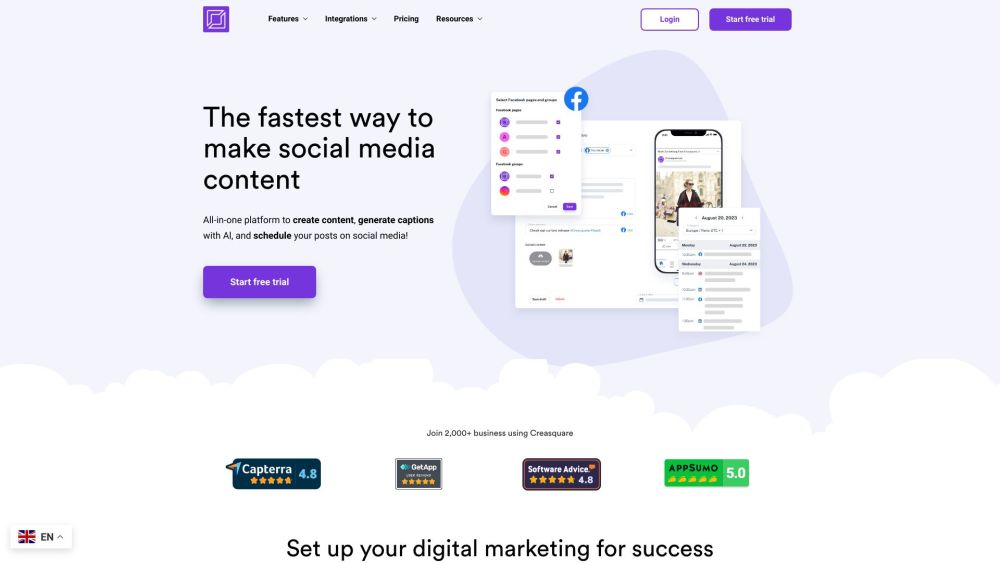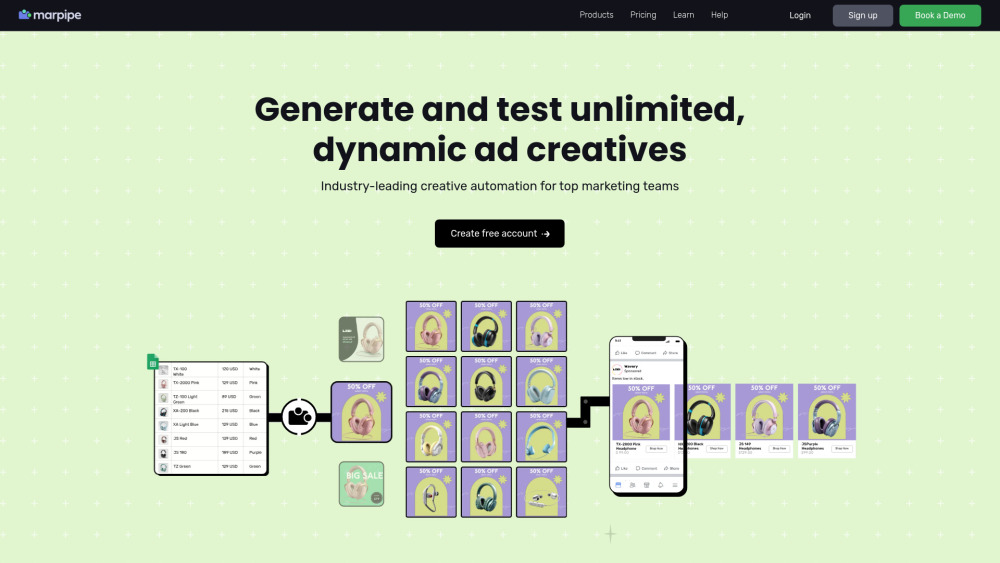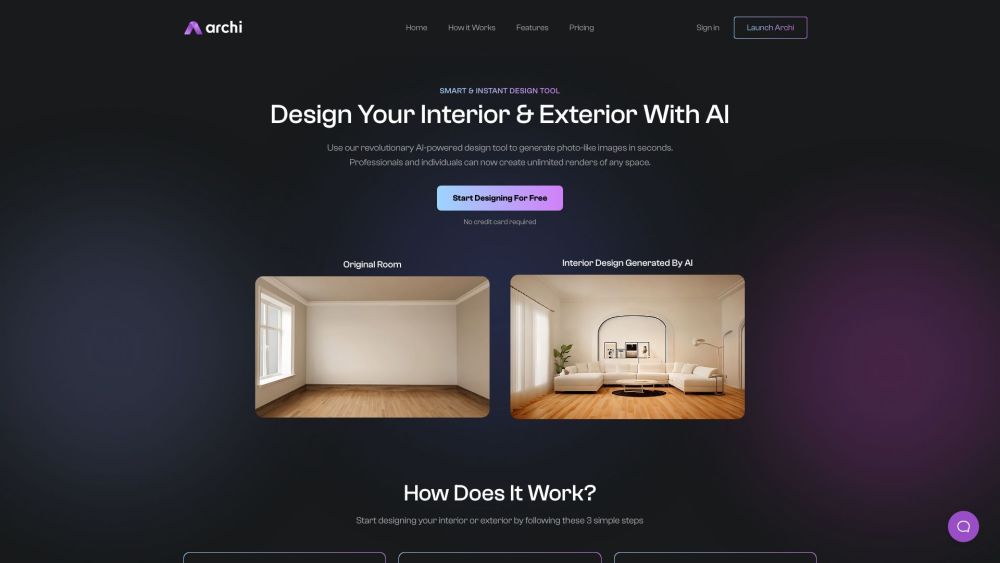The Emergence of Small AI Models: A New Competitive Frontier for Tech Giants
In the rapidly evolving landscape of artificial intelligence, small models have emerged as pivotal contenders in a new arena of competition among AI giants. As the expenses associated with large models escalate, businesses are now pivoting towards smaller, cost-effective alternatives that are easier to deploy. Recent developments highlight this shift.
Hugging Face recently launched SmoLLM, which includes models with 135M, 360M, and 1.7B parameters, trained on just 650 billion tokens, yet outperforming larger models like Qwen 1.5B and Phi 1.5B. Following this, Mistral AI, in collaboration with Nvidia, introduced Mistral NeMo, touted as the "best small model" from Mistral AI, offering seamless integration as a replacement for systems using Mistral 7B.
On the same day, OpenAI entered the fray with GPT-4o Mini, described as the most powerful small model in terms of performance-to-cost ratio, effectively replacing GPT-3.5 on its platform. Apple, not to be overlooked, also released the DCLM small model, marking an open-source approach. Vaishaal Shankar, a research scientist in Apple’s ML team, stated that this is "the best-performing truly open-source model to date." These small models are memory-efficient, demonstrating that with proper fine-tuning, they can rival larger counterparts in specific applications, making them a compelling choice for efficiency and value.
As Xu Xiaotian, Chief Architect of Data and AI at IBM China, noted in an interview, "Small models offer a more realizable value proposition." He emphasized the potential of specialized small models paired with agents to streamline business processes, enhancing both functionality and economic feasibility. In the fast-paced battlefield of generative AI, today's top performers can quickly be outpaced by tomorrow's innovations, leading to an ongoing redefinition of industry standards.
The competitive landscape in AI now swings towards small models as tech giants release them in quick succession, challenging each other not only on performance but also on price. OpenAI's GPT-4o Mini has shown superior text and visual reasoning, mathematical, and coding capabilities compared to its predecessors, including GPT-3.5 Turbo and Gemini Flash. Its launch price was 15 cents per million input tokens and 60 cents for output, representing a cost reduction of over 60% compared to GPT-3.5 Turbo. Additionally, OpenAI announced a free fine-tuning service for eligible users until September 23, enabling broader access to its capabilities.
Research by Ping An Securities described GPT-4o Mini as a new generation entry-level AI model that balances performance and affordability. The global trend is shifting from a focus solely on performance to a dual emphasis on practicality and accessibility—a change propelled by the desire to simplify AI deployment in real-world applications.
Apple's DCLM also made waves in the AI landscape by open-sourcing its code, weights, training procedures, and datasets. With parameter sizes of 1.4 billion and 7 billion, the latter competes favorably with Mistral-7B and approaches the performance levels of Llama 3 and Gemma, boasting a 63.7% accuracy rate on the MMLU benchmark test.
As the appetite for local AI solutions grows, there is a marked demand for models that efficiently run on personal hardware, addressing concerns around data privacy, latency, and costs. Experts believe this trend will level the playing field, empowering smaller businesses to harness AI technology and bridge the gap with larger enterprises.
Amid the rivalry, the shift toward small models can also be attributed to the high costs associated with developing and running large models. Recent analyses suggest OpenAI could face significant losses this year due to soaring operational costs related to training and deployment.
Smaller models are proving to be more responsive, with lower deployment costs, positioning them as a practical choice for targeted applications. Industry leaders advocate for the development of small models that can learn directly from data, facilitating a more efficient AI experience without over-reliance on extensive datasets.
Despite the competition between large and small models, both can coexist, benefiting from each other’s advancements. As noted by AI pioneer Andrej Karpathy, large models can provide the foundational insights necessary for refining smaller models, which in turn can operate more efficiently in targeted applications.
Baidu's CEO, Li Yanhong, echoed this view at the Create 2024 conference, forecasting a future where both large and small models are utilized in tandem, optimizing AI applications for cost-effectiveness, speed, and performance.
In summary, the landscape of AI is shifting towards small models that promise lower costs and efficient deployment, an evolution driven by market demand for practicality and performance. As this trend develops, it is set to redefine how AI technologies are implemented across industries.






